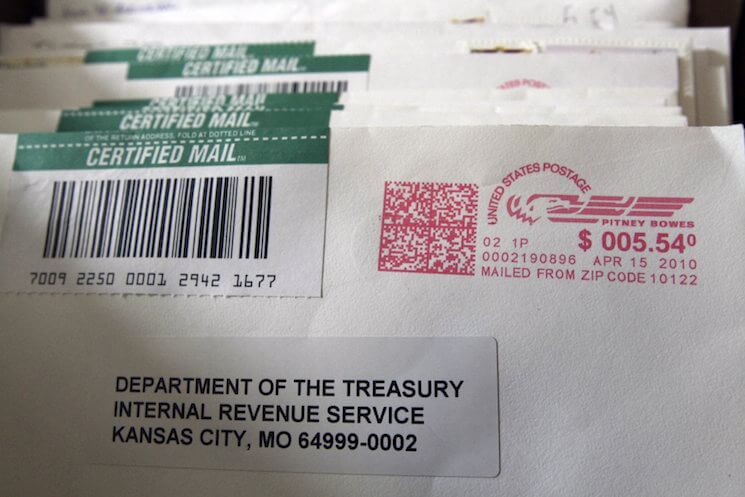How often do Americans not pay federal taxes and receive government assistance?
 During the last presidential election, a statistic from a distributional analysis of the U.S. tax code was the center of quite a bit of conversation. That statistic—47 percent—was the percent of tax units in 2009 that didn’t pay any federal income tax. The seeming prevalence of American tax payers who didn’t “pay into” the system had some participants in the conversation concerned that one portion of the U.S. population was permanently dependent upon the government for income. New research shows that concern is overblown.
During the last presidential election, a statistic from a distributional analysis of the U.S. tax code was the center of quite a bit of conversation. That statistic—47 percent—was the percent of tax units in 2009 that didn’t pay any federal income tax. The seeming prevalence of American tax payers who didn’t “pay into” the system had some participants in the conversation concerned that one portion of the U.S. population was permanently dependent upon the government for income. New research shows that concern is overblown.
A new working paper by economists Don Fullerton of the University of Illinois and Nirupama S. Rao of New York University looks at the question of the “47 percent,” but with an important difference. The original statistic was a snapshot in time, looking at how many households didn’t pay any federal income tax in 2009. What Fullerton and Rao look at instead is the persistence over time of households that did not not pay federal taxes and did not receive transfer income from the government in the form of government assistance. They use data from the Panel Study of Income Dynamics, which allows them to track households at different wage levels over time, with the PSID covering 40 years.
Fullerton and Rao end up finding quite a bit of movement among households, both in and out of non-taxpaying and receiving or not receiving transfers. According to their analysis, 77.9 percent of all households received some sort of government income transfers during the period they studied. But a large chunk of those households are older Americans who are receiving Social Security. We’d expect (and hope) that households receiving Social Security do so for many years.
About 42 percent of households never received a transfer that wasn’t Social Security. Of those that did receive income from one of those transfers, 30 percent did so for only one year and 76 percent for five years or less. A similar dynamic holds for paying federal income taxes, though there is much more persistence among non-tax payers. Only one-third of households owe income taxes during all of the sample years. Of those households that did not pay income taxes in every year, 52 percent do not pay for five or fewer years. And about 30 percent of households that do not pay income taxes don’t pay any income taxes at all for ten or more years.
So the data seem to show that the government income transfer system is working as an insurance system in which households seem to draw on the system temporarily before moving off the program. But for the income tax system, nonpayment seems to be more persistence. This could be due to programs such as the Earned Income Tax Credit, which significantly reduces tax liability for low-income households that would pay some federal income tax. The extent to which this is true might assuage concerns as the EITC is contingent upon the recipient working. We should also remember that many of the households that don’t pay federal income tax most likely do pay sales taxes and state and local income taxes.
This paper is a good reminder that snapshots of income, wealth, and other economic variables are important, but data that track them over time are even more useful.

